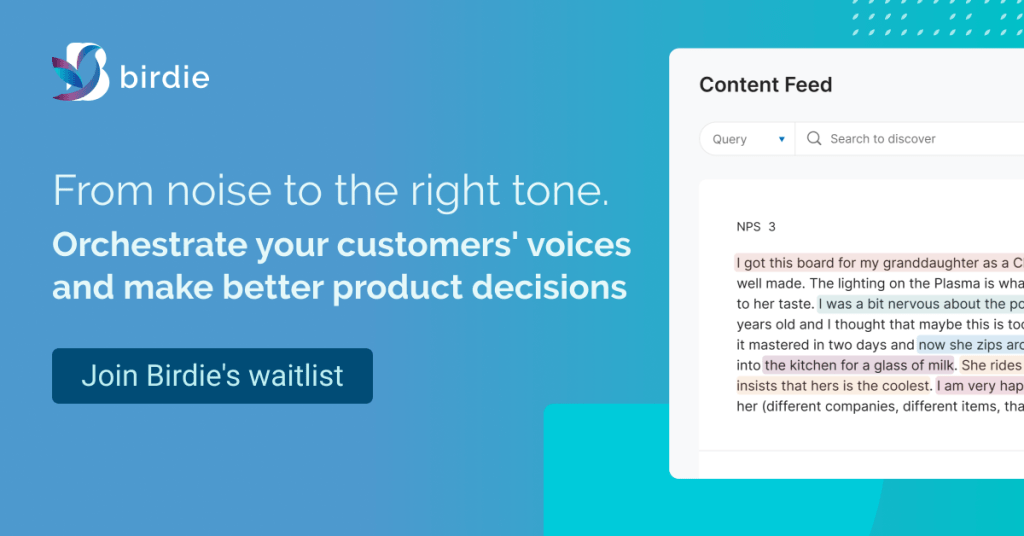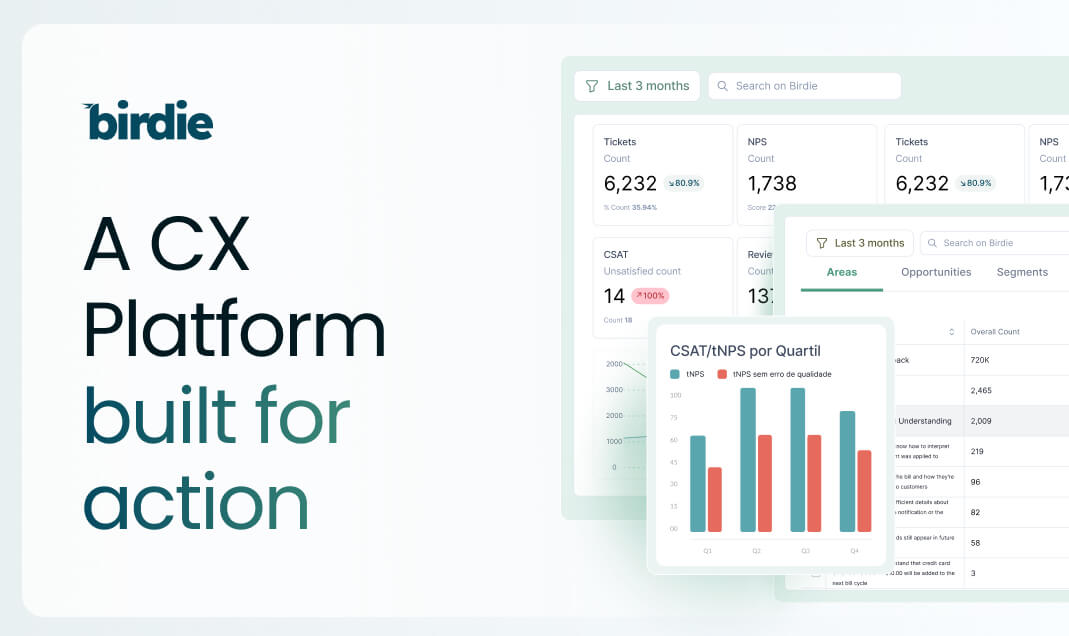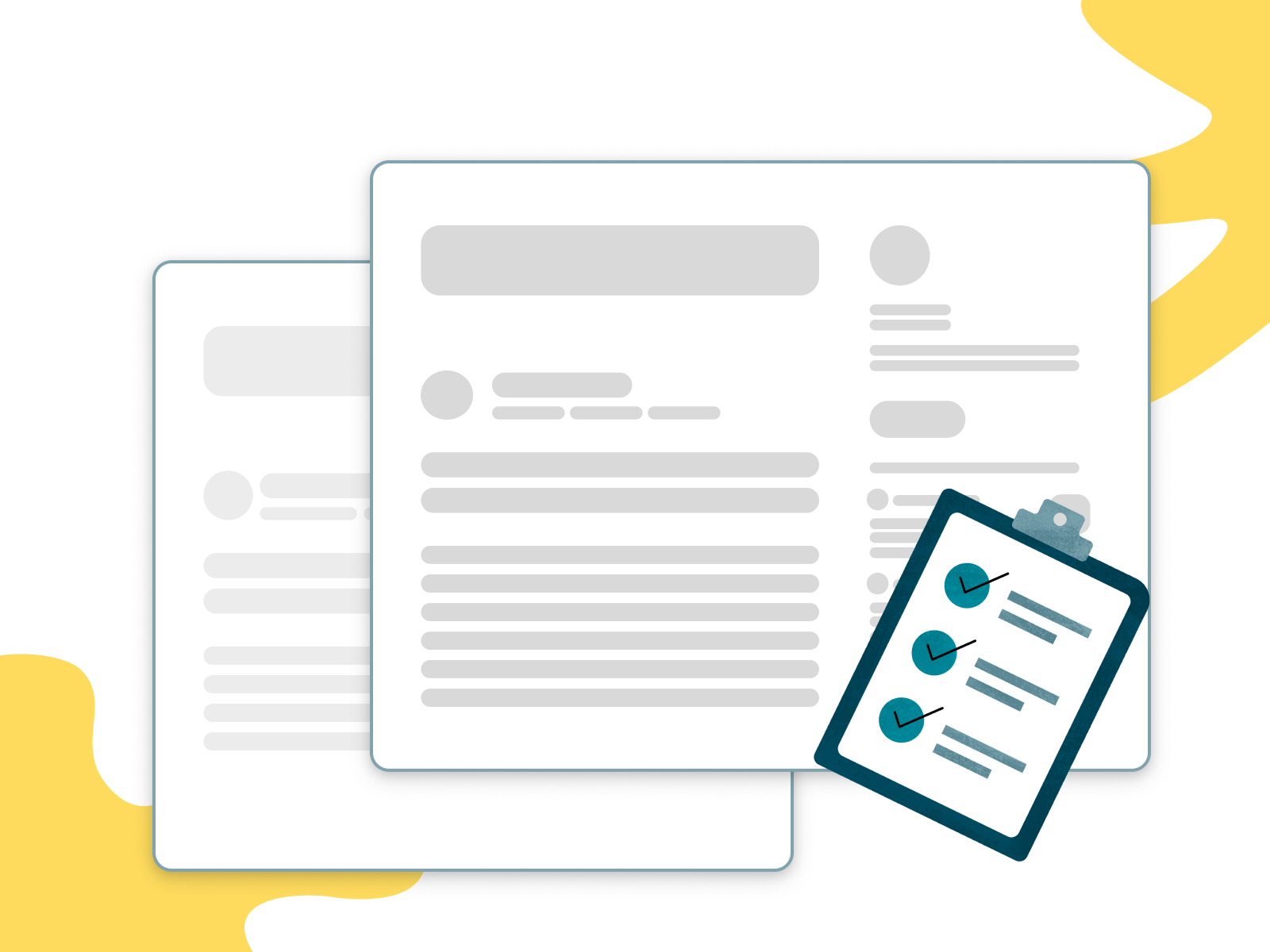
The COVID-19 pandemic changed customer behaviors, driving even more consumers to switch brands on a whim and try new products if their preferred options were out of stock. As customers have embraced the proliferation of choices, many companies have rededicated themselves to a customer-centric approach.
The best way to make sure consumers remain customers of your brand is to develop, deliver, and promote products built with customers top of mind. But this dedication needs to be more than a slogan; it is an all-consuming strategy to put the customers' wants and needs at the center of every corporate decision.
This is not merely an offensive strategy; your biggest competitors may have already embraced customer-centricity, thereby putting you at a disadvantage when customers will want to prioritize those who put their needs first. As McKinsey found in recent research, companies that include customer data in their strategy, along with creativity and purpose significantly outperform their competitors.
While the entire organization needs to embrace customer-centricity, product teams are uniquely positioned to lead their companies towards this exciting new strategy.

Why product teams should lead this revolution?
Simply put, they are in the position to influence how an organization delivers the customer-centric experience to its audience. The product teams intake data, run experiments, and build the products that consumers will use. They also can influence the rest of the organization and demonstrate the ROI of embedding this philosophy in every department.
To be certain, some people in your organization may resent this approach because it feels like it takes decision-making out of the hands of executives. But it actually does the opposite: provides the right intelligence for those executives to make more informed and correct decisions.
How to be a customer-centric organization
- Keep the customer top of mind in everything you do: It seems simple, but too many companies build products from their vision, gut feeling, or preferences. Many heralded products fail because they do not have a large enough audience that wants the product created.
- Be data-centric: Companies looking for customer insights and preferences in the past often turned to surveys and focus groups. The pandemic made this difficult as people stayed home, but more importantly, it's less effective than consuming and analyzing the robust consumer data available online. Leading companies treat data itself as a product.
- Use the right tools: Even companies that embrace data and analytics can make the mistake of using social listening tools as their primary entry point to customer opinions. However, social listening tools often only tell a partial story and can consume an organization with too much noise. Organizations can only truly glean meaningful insights through AI-enabled technology that parses all of the noise online, makes sense of it, and provides actionable insights.
- Develop and refine personas: You can't be customer-centric if you do not have a strong grasp on who your target customers are and what motivates them. The reality is that no one thing motivates every customer. And companies that think they have their customers best interests in mind, but fail to actually use what information that customers post online. The rise of the Internet has coincided with more consumers finding their voice and having little issue telling companies what they want and need. Today's leading organizations use data to understand their audiences better, segment them into workable groups, and develop unique products or messages to cater to their unique wants and needs.
- Embrace greater transparency: Organizations that value customers provide more transparency about how products are made, what data they use, and what timelines will be for updates or new features. Since customer-centric organizations embrace data, they will know what customers want and share the information that is most important to them. Engage with customers, collect what they say online, and use the right solution to parse what you've learn and deliver insights.
- Prioritize CPIs over KPIs: Customer-Performance Indicators (CPIs) are data points important to both customers and companies. The more commonly used Key Performance Indicators (KPIs) are inward-focused and often do not have customers' interest top of mind. By building towards what measures customers' preference (happiness, willingness to buy again and to recommend a product to their peers). While every organization will have different CPIs, what unites all companies is that everyone needs CPIs.
Organizations cannot simply become customer-centric overnight. It involves real meaningful change, coordinated action, and executives who will champion the approach throughout the organization. Product teams are well-positioned to be the leading voice to ensure an organization does not get left behind the competition that prioritizes the customer.








